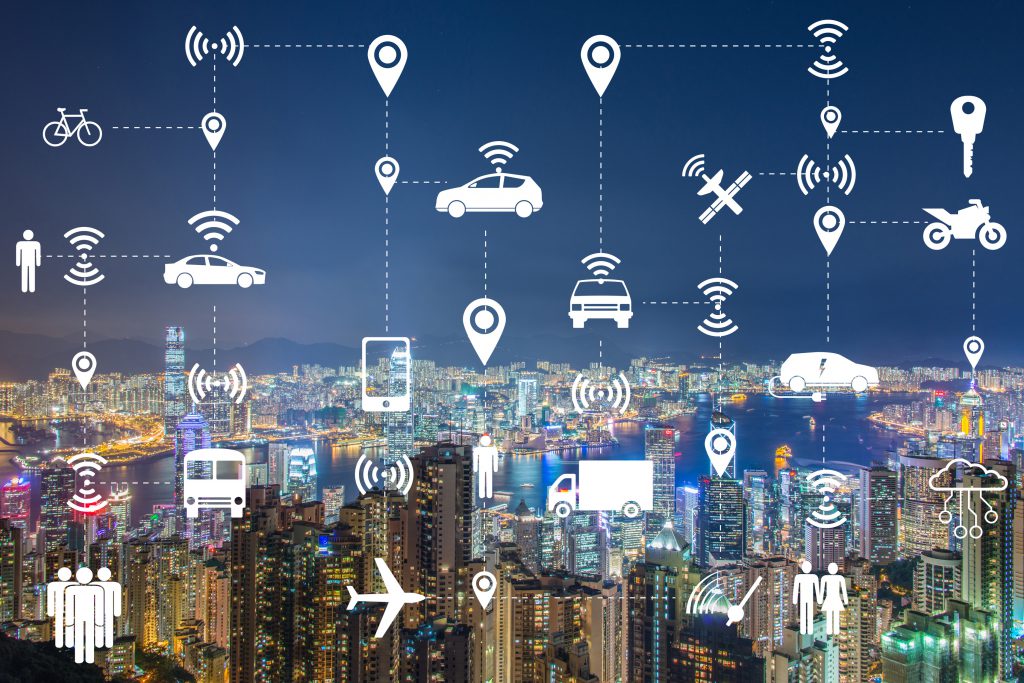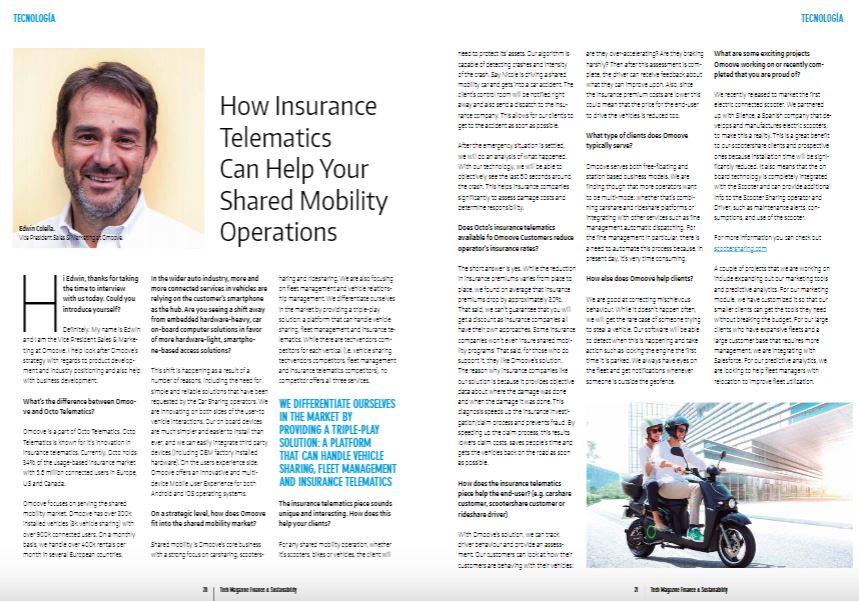
Following the rapid development of mobile communication technology, car sharing, as a new transportation option, has taken advantage of phenomenal growth in recent years.
Compared with leasing, the unique characteristics of car sharing mainly come from two aspects. First, the expense is calculated in a smaller unit of time, namely per minute or hour, while the unit of a leasing period is generally day or month. This feature generates a pooling effect — one shared car can serve several customers in a single day. Second, when using shared cars, customers are only charged by either a per-unit-of-time price, per-unit-of distance price, or both.
Operating costs, such as gasoline, parking, and maintenance, are all born by car-sharing service providers. Because of the economic benefits and convenience, nowadays, there is a trend that an increasing amount of customers take car sharing as a new way for transportation.
In recent years, some manufacturers, such as Daimler and BMW, have launched their car-sharing programs (i.e., Car2Go and ReachNow) to generate profit in this new business area.
Due to the existence of the pooling effect, car sharing is also viewed as a green and more sustainable way for transportation and has received more attention from governments and environmentalists.
The rapid development of modern vehicle industry makes the number of car ownership increase in an unprecedented level, which at the meantime, leads many big cities to suffer severe urban problems, such as air pollution and congestion, especially in areas with high population density.
With the aforementioned advantages, car sharing is seen as a promising alternative to solve such problems. From the view of supply chain management, however, the introduction of car sharing brings two well-known effects— the cannibalization effect and the market expansion effect.
When the car-sharing service was introduced in the market, customers, who originally wanted to buy cars, may choose the car-sharing service, decreasing the number of car owners. Since one shared car can satisfy several customers’ needs, this cannibalization effect tends to reduce the total number of vehicles. On the other hand, the appearance of car sharing also implicate the market expansion effect. Customers, who originally do not own cars, may find this new business model attractive and become members of car-sharing programs, which expands the market.
Hence, this market expansion effect tends to increase the total amount number of vehicles. As a consequence, the purpose of the paper published by Soft Computing (Springer) and written by Dr. Hua Ke, Dr. Shiwei Chai and Dr. Rong Cheng, is to examine: How does the introduction of car sharing have an impact on the original distribution channel? When does the cannibalization effect dominate the market expansion effect, so it reduces the total number of vehicles, and when does the opposite happen?
According to them, the introduction of car sharing does not always reduce the total number of vehicles and is not always environmentally convenient. Particularly, the optimal production volume decreases in the car-sharing market only if transportation needs and cost production are below some thresholds, and the market size is bigger than a threshold. Otherwise, the manufacturer has an incentive to produce more vehicles for a bigger profit. The intuition is that the higher transportation need implies a weaker pooling effect which makes the market expansion effect dominate the cannibalization effect and, therefore, increases the vehicle quantity.
The paper also find that the retailer always incurs loss. When providing the car-sharing service to its members, the manufacturer competes with the retailer directly in the same market. As a result, the competition makes some car owners deviate to car-sharing members which decreases both retail price and sales volume in the retail channel, so it makes the retailer worse off. For the manufacturer, by providing the car-sharing service, he can earn more profits than he does in the no-car-sharing market if the market size is bigger than a threshold. This result is consistent with the practices in reality that many car-sharing service providers operate in an area with high population density.
When the manufacturer determines to introduce car sharing, he gains profits in two channels: by wholesaling cars in the indirect channel to derive sales profits and by providing the car-sharing service through the direct channel to generate operating income.
By introducing the car-sharing service, the manufacturer has an incentive to both reduce production volume and maintain a high service level, which is helpful for alleviating some urban problems, such as air pollution and congestion. This finding may shed some light on how and when the car-sharing program should be introduced to effectively improve urban transportation.
The governments should carefully promote the development of car sharing, since in some cases this new business model may even encourage the manufacturer to raise its production volume.


